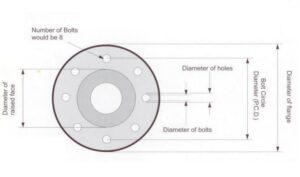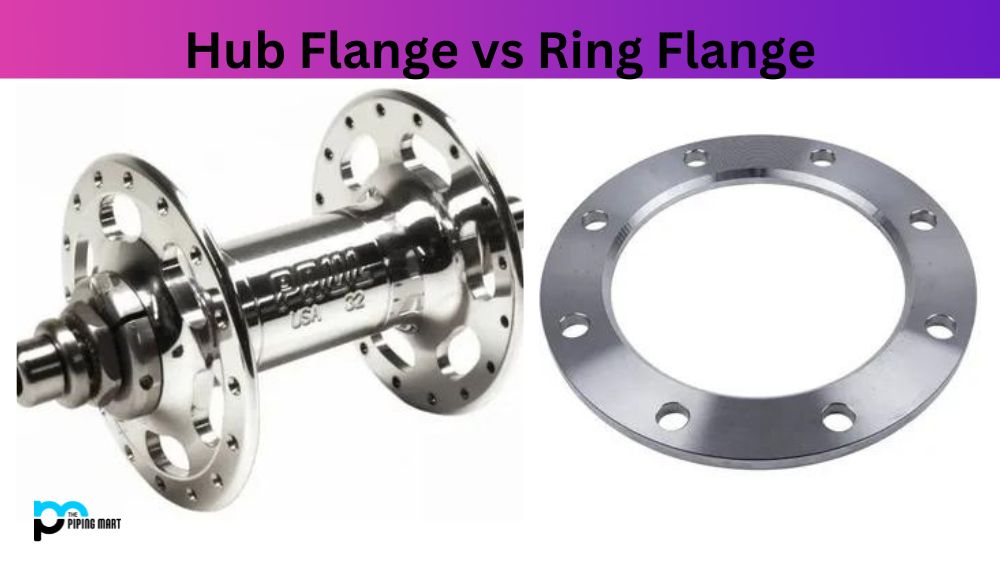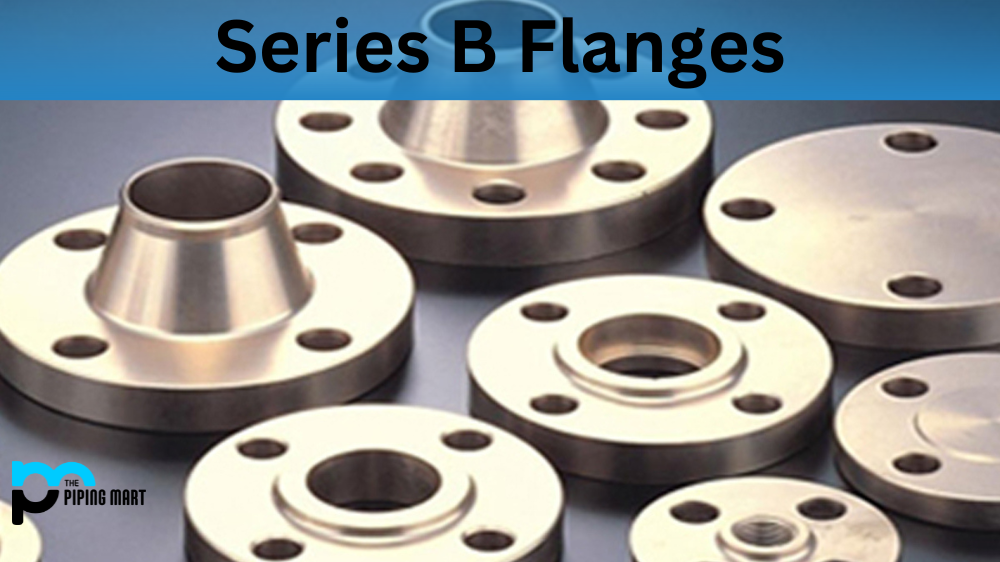Cast flanges have been trusted in various industries for connecting pipes reliably. They are made from sturdy materials like cast iron or stainless steel, ensuring durability. Their main function is to securely join two pipes or components without leaks. In this blog post, we’ll explore the different uses of cast flanges, how they can be welded, and the various types of cast flanges available.
What is Cast Flanges?
Cast flanges are crucial in piping systems and related applications, providing essential connections. They are made from carbon steel, alloy, stainless steel, or cast iron, ensuring durability. Featuring a raised area, these flanges facilitate the attachment of other system components, ensuring a secure connection between pipes, fittings, and valves. Their varying sizes, designs, shapes, and thicknesses are tailored to specific applications, contributing to their overall strength and effectiveness. When working with cast flanges, it’s vital to thoroughly understand the application requirements, particularly in environments with higher pressure or extreme temperatures.
Cast Flange Uses
Cast flanges are most often used in piping systems and fluid power applications, such as valves and pumps. They provide a secure connection between two components while allowing for easy access if repairs or maintenance need to be performed later. Additionally, they are less expensive than other types of flanges, making them an ideal choice for budget-conscious projects.
Cast Flange Welding
Cast flanges must be properly welded for them to function correctly. A skilled welder should always do welding with experience working with this type of material. The welding process begins by cleaning off any dirt or debris from the surface of the flange before applying a flux coating to prevent oxidation during the welding process. Next, a welding rod is then inserted into one end of the joint and heated until it melts into the metal around it. Once cooled and solidified, it forms a strong bond between the two pieces of metal that will hold up against pressure and other external factors.
Cast Flange Types
Cast flanges come in various shapes, sizes, and materials depending on their intended use. Some common types include lap joint flanges (which have a circular shape), threaded pipe flanges (which have threads along one side), and blind pipe flanges (which have no openings). Other options include slip-on pipe flanges (which slide onto pipes) and socket weld flanges (which fit over pipes). Each type offers its own set of benefits depending on your specific application needs.
Cast Flanges Dimensions
| Cast Flanges – ASME/ANSI 125 lb | ||||
|---|---|---|---|---|
| Pipe Size (inches) |
Outside Diameter (inches) |
Number of Bolt Holes | Bolt Hole Diameter (inches) |
Bolt Circle (inches) |
| 1 | 4-1/4 | 4 | 5/8 | 3-1/8 |
| 1-1/4 | 4-5/8 | 4 | 5/8 | 3-1/2 |
| 1-1/2 | 5 | 4 | 5/8 | 3-7/8 |
| 2 | 6 | 4 | 3/4 | 4-3/4 |
| 2-1/2 | 7 | 4 | 3/4 | 5-1/2 |
| 3 | 7-1/2 | 4 | 3/4 | 6 |
| 3-1/2 | 8-1/2 | 8 | 3/4 | 7 |
| 4 | 9 | 8 | 3/4 | 7-1/2 |
| 5 | 10 | 8 | 7/8 | 8-1/2 |
| 6 | 11 | 8 | 7/8 | 9-1/2 |
| 8 | 13-1/2 | 8 | 7/8 | 11-3/4 |
| 10 | 16 | 12 | 1 | 14-1/4 |
| 12 | 19 | 12 | 1 | 17 |
| 14 | 21 | 12 | 1-1/8 | 18-3/4 |
| 16 | 23-1/2 | 16 | 1-1/8 | 21-1/4 |
| 18 | 25 | 16 | 1-1/4 | 22-3/4 |
| 20 | 27-1/2 | 20 | 1-1/4 | 25 |
| 24 | 32 | 20 | 1-3/8 | 29-1/2 |
| 30 | 38-3/4 | 28 | 1-3/8 | 36 |
| 36 | 46 | 32 | 1-5/8 | 42-3/4 |
| 42 | 53 | 36 | 1-5/8 | 49-1/2 |
| 48 | 59-1/2 | 44 | 1-5/8 | 56 |
| 54 | 66-1/4 | 44 | 2 | 62-3/4 |
| 60 | 73 | 52 | 2 | 69-1/4 |
Conclusion
When it comes to connecting two components together securely but without sacrificing accessibility when needed, cast flanges are an excellent option. These versatile pieces are made from various metals, offer different shapes and sizes to fit various applications, and can easily be welded together using proper techniques. Whether you need something basic or specialized for your project’s needs, there’s sure to be a cast flange solution that fits your specific requirements!

Pipingmart is a B2B portal that specializes in metal, industrial and piping items. Additionally, we share the latest information and information about materials, products and various types of grades to assist businesses that are involved in this business.





